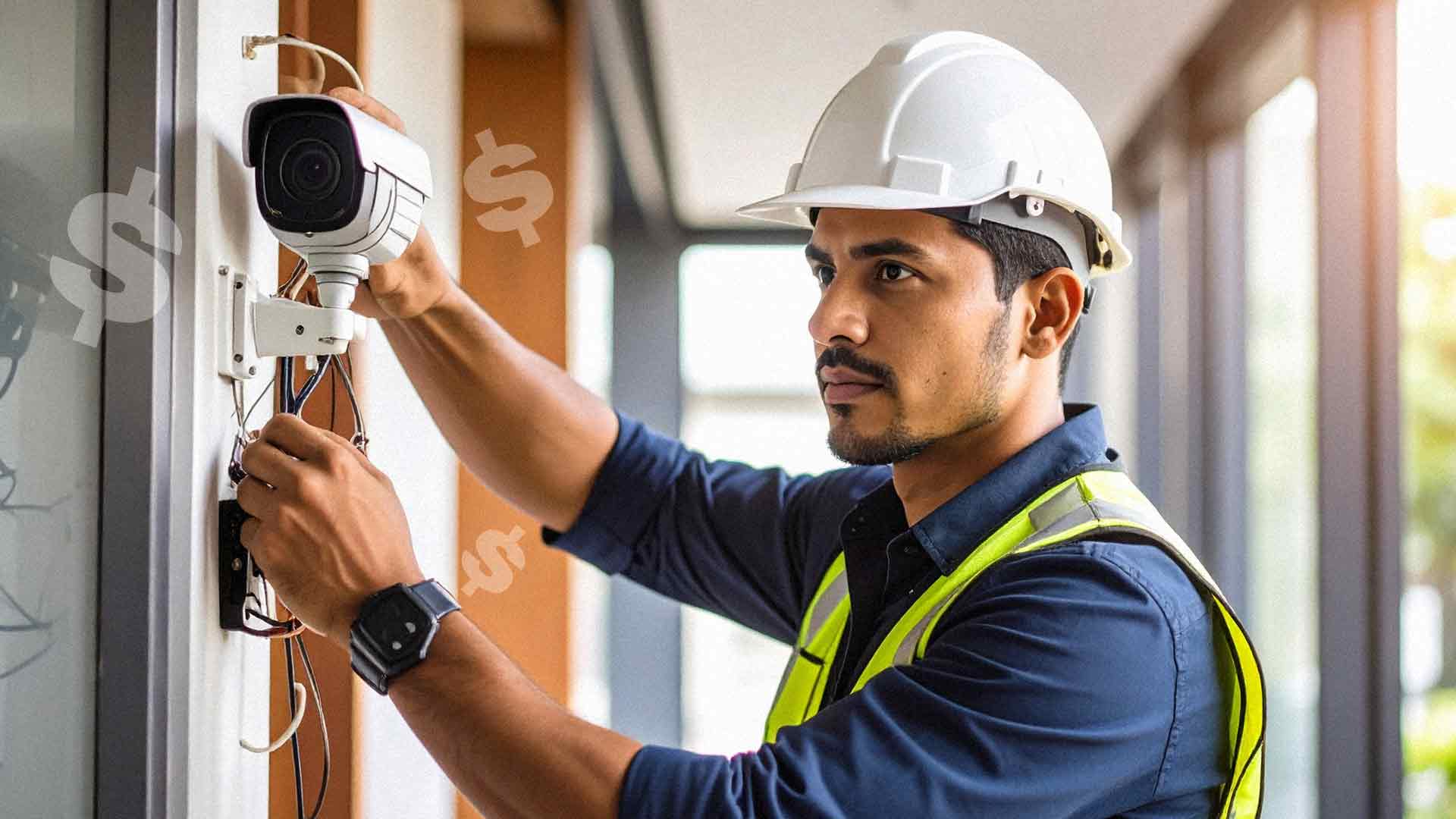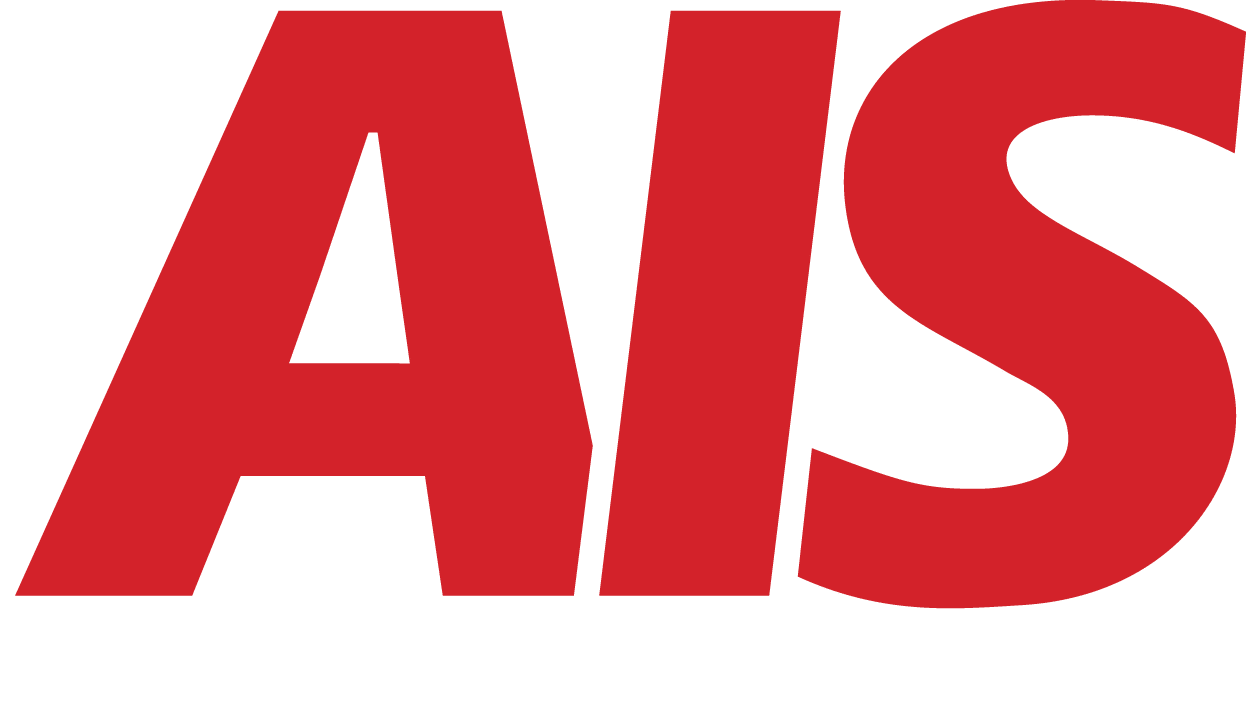Hidden Costs of DIY Security Systems Business Owners Overlook
June 10th, 2025 | 6 min. read

Let’s be real for a second—when you’re running a business, every dollar counts. So when you see a DIY security camera kit on Amazon for a couple hundred bucks, it’s tempting to click “Buy Now” and call it a day.
No pushy salespeople. No installation crew. No big invoices. Sounds like a win, right?
Well… not exactly.
While do-it-yourself security setups can seem like a smart, budget-friendly option at first glance, many business owners end up paying more than they expected, in time, in lost data, and sometimes even in legal or compliance headaches.
So before you go all-in on the plug-and-play promise, let’s talk about the real cost of DIY security, and what many growing businesses don’t realize until it’s too late.
“It Was Supposed to Be Easy…”
We’ve heard it a hundred times.
A business owner buys a camera kit online. They install it themselves. Everything works—for a while. But then things start slipping. A door sensor stops responding. One of the cameras won’t stay connected.
The footage storage maxes out in a few days. And suddenly that “easy setup” turns into a weekend tech project you didn’t sign up for.
And it’s not just the headaches; DIY systems often aren’t built for what businesses need.
Most of them are designed for home use, featuring simple motion detection, a single front door, and perhaps a package left on the porch. Businesses have different needs—more traffic, more entry points, more liability, and a whole lot more at stake if something goes wrong.
Related Article: Are Commercial Security Cameras The Right Fit For My Business?
The Sneaky Stuff That Adds Up
So let’s break it down. Here’s where those “hidden costs” of DIY security start to creep in.
1. Hardwarxe Add-Ons You Didn’t Budget For
That $299 starter kit? It probably includes two cameras, one base station, and a few accessories. However, most businesses require significantly more than that.
Once you realize you need:
- More cameras to cover blind spots
- Door sensors for back entrances
- Power adapters, mounts, and cabling
- Extra storage or cloud subscriptions
...that price balloons quickly. And the kicker? Many of these systems lock premium features behind per-device fees, so scaling up incurs higher costs per unit.
2. Subscription Fatigue Is Real
DIY security brands love to advertise “low monthly fees”—but that’s usually per device, per feature, or cloud storage upgrade.
Want 30 days of video retention instead of 7? That’s extra.
Want motion alerts sent to more than one device? Yep, that too.
Suddenly, you’re juggling four or five mini-subscriptions just to get the system to behave like a proper business tool.
It’s Not Just About Money. It’s About Time & Trust
3. Support Is Basically DIY, Too
Suppose something goes wrong with your system (and eventually, it will). In that case, you’re stuck digging through community forums, waiting days for email responses, or rebooting things like you’re trying to fix a 2001 printer.
There’s no local rep. No dedicated help desk. Just you, Google, and a whole lot of guessing.
For a business that’s growing or handling sensitive operations, that’s just not good enough. When your security goes down, you don’t want to troubleshoot; you want answers.
4. No One Wants Four Separate Apps
Another downside of cobbling together DIY systems is the lack of integration. You might end up with:
- Verkada for the front desk and doors
- Ring for the side doors
- Arlo in the warehouse
- Nest at reception
- A basic alarm system from somewhere else entirely
Each of them has its own app, alerts, passwords, settings, and no way to bring them all together.
You’re not just managing your business anymore. Now you’re also a full-time system admin for a Frankenstein security setup.
Cloud-based business systems, like Verkada, are designed with a single login, a unified dashboard, and everything (from cameras to doors) working in sync.
The Risks That Don’t Show Up on the Box
5. Footage Gaps = Big Liability
Let’s say something happens, such as an employee injury, a theft, or an after-hours access incident. You go to check the footage… and realize:
- The camera battery died
- Storage was full
- It recorded over itself after 7 days.
- The footage is too grainy to be of any use.
These are the kinds of “gaps” that show up in lawsuits, HR complaints, or insurance claims. And if you can’t provide evidence when it matters, that’s not just frustrating—it’s risky.
6. No Audit Trail = No Accountability
One of the biggest oversights in DIY systems is the lack of detailed logs. Most home-based platforms don’t offer:
- Door-by-door access reports
- User-based login histories
- Real-time alerts for unusual activity
- Role-based access control for staff or vendors
Which means if someone swipes inventory or props open a side door, you may have no way of knowing who did it or when.
And if you’re in a regulated industry (like healthcare, legal, or retail), that lack of accountability can actually put you out of compliance.
But Isn’t DIY “Good Enough” for Small Teams?
Sometimes—sure. If you’re running a small office with low foot traffic and no real compliance needs, a basic system might do the trick for now.
But as soon as your team grows, your location expands, or you need to share access with vendors, you’ll start running into limits.
DIY is fine when the stakes are low. But when you’re managing people, property, and liability, “good enough” isn’t really good enough anymore.
What the Pros Do Differently
Professional security systems (like the ones we install at AIS) are built around the way businesses actually operate. That means:
- Smart cameras with cloud-based access
- Real-time alerts you can customize
- Easy user management from anywhere
- Unified dashboards with access logs, video, and analytics
- Support when you need it—from real people
And maybe most importantly? They’re scalable. So whether you’re opening a second office or bringing on ten new employees, your system grows with you, not against you.
Related Article: Is AIS the Right Fit for Your Business Security Needs?
Still Considering DIY? Here’s a Better Way to Decide.
We’re not here to scare you into buying anything. In fact, plenty of businesses start with DIY and upgrade later. The key is knowing what you’re walking into—and whether the tools you’re buying today can handle what you’ll need tomorrow.
Ask yourself:
- If a break-in or data breach happened today, could your system help resolve it?
- Could you access footage remotely, instantly?
- Would it hold up in a compliance audit or insurance claim?
- Do you know who has access to your building right now?
If you’re hesitating on any of those, it might be time to rethink.
Want to Compare DIY and Pro Costs Side-by-Side?
We’ll break down what you’re paying now, what you might need to add, and whether a smarter system might actually cost less in the long run.
Schedule a Free Security Assessment with AIS today! No pressure. No tech-speak. Just clear answers from a team that understands what growing businesses really need.
A true southerner from Atlanta, Georgia, Marissa has always had a strong passion for writing and storytelling. She moved out west in 2018 where she became an expert on all things business technology-related as the Content Producer at AIS. Coupled with her knowledge of SEO best practices, she's been integral in catapulting AIS to the digital forefront of the industry. In her free time, she enjoys sipping wine and hanging out with her rescue-dog, WIllow. Basically, she loves wine and dogs, but not whiny dogs.
Topics:



